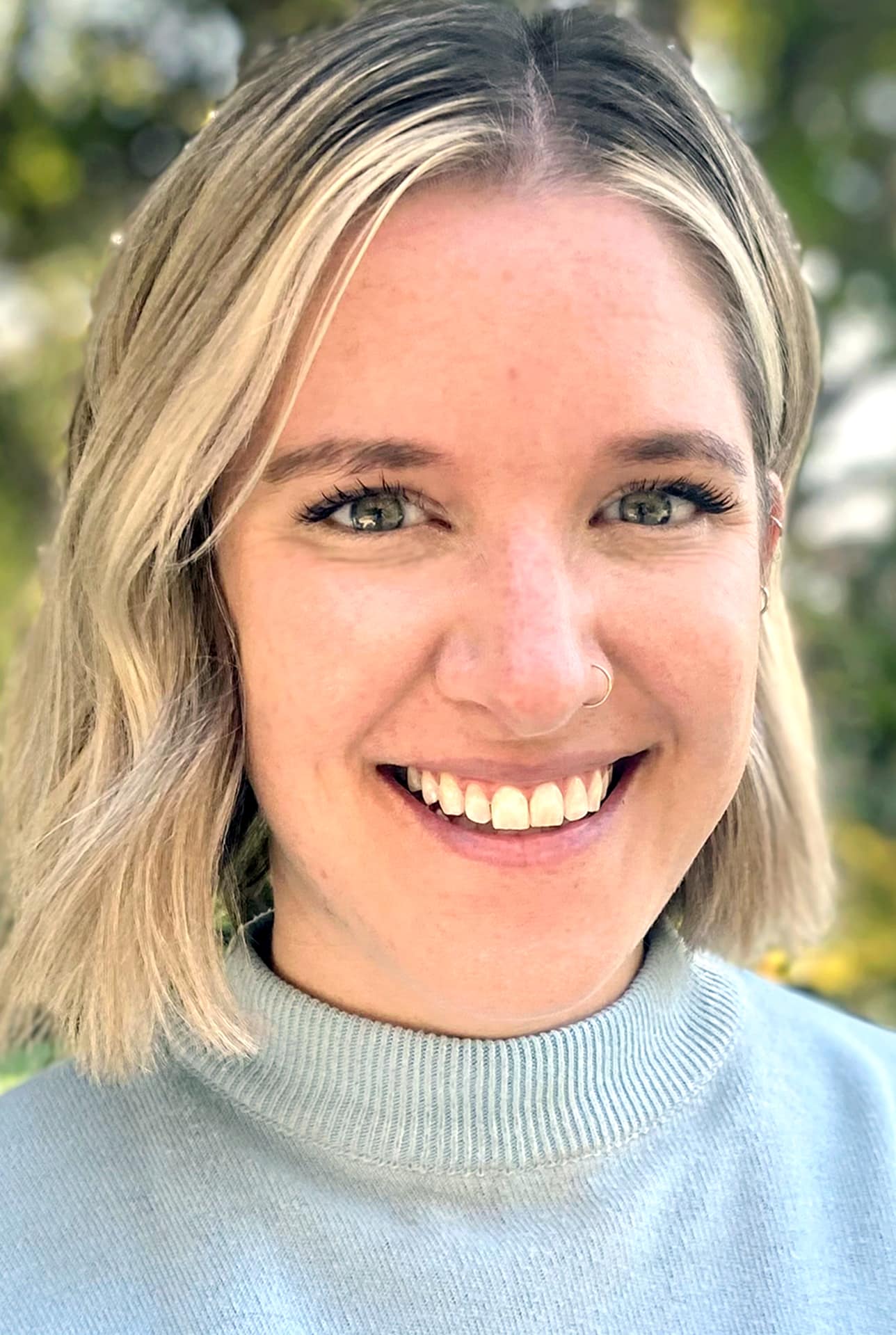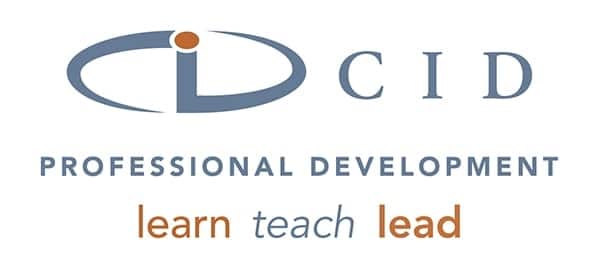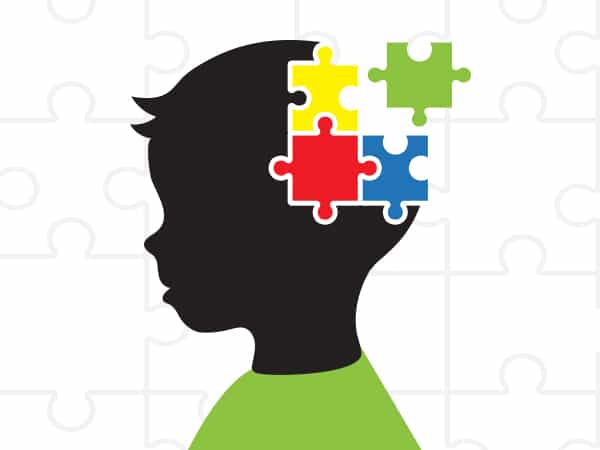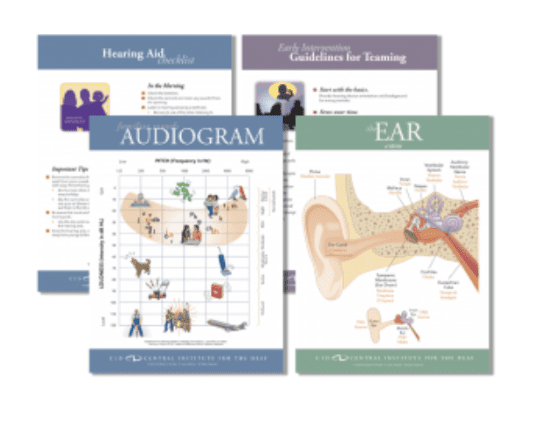Five-year-old Sam is building a tower out of blocks when Jack walks by and knocks it over. Jack pauses, laughing, while Sam cries. Jack hands Sam some blocks to build, but becomes frustrated when Sam walks away. Ultimately, Jack ends up most upset in this scenario. Jack cannot understand that Sam did not think knocking his tower over was funny. At this point, a teacher must intervene and understand that Jack is exhibiting difficulty understanding theory of mind. Theory of mind is the ability to understand that what you think and believe may be different from what another person thinks and believes. Behavior is motivated by our own and others’ knowledge and beliefs. By age 4, children can correctly predict that a person’s behavior is dependent on what he thinks and knows, even when the belief is false (Schick, Villiers, Villiers and Hoffmeister, 2007).
Research shows that children with hearing loss have delays in developing theory of mind. Researchers speculate that the lack of access to conversations in the environment causes children with hearing loss to miss important information about the world. Even with the best hearing technology, children with hearing loss often miss out on overhearing and incidental learning opportunities. Children with hearing loss often have varying levels of receptive and expressive language abilities. One study shows an ability to comprehend complex syntactic elements predicts theory of mind skills. For example, a child who understands and uses sentences like “He thought the cheese was in the refrigerator” perceives theory of mind (Schick et al. 2007).
An underdeveloped theory of mind affects reading comprehension, critical thinking, social relationships and collaboration. All of these are imperative to success in school. Children with hearing loss are often explicitly taught vocabulary, syntax and concepts. Why should teaching theory of mind be any different? Below is a list of ideas compiled to encourage theory of mind development in the classroom.
Language: Target language that includes metacognition; “thinking about thinking”. As educators, we can model how we think about thinking by using phrases such as “I think…” “I wonder…” “What would happen if…” “I remember…” “I would…” “I bet…” throughout the day. Make complex language structures such as because and but a priority. This syntax offers insight and practice explaining actions and behaviors.
Literacy: Fairy tales are generally rich in exposing characters’ perspectives. Use the above language to encourage inferences directly based on a character’s behavior. Act out the story. Your student can internalize a character’s perspective when he takes on that role.
Play: Offer ample opportunities for symbolic play and encourage role play. Create a play script and model how to play. Practice changing the ending or sequence of play to further flexibility in thinking. Board games can foster collaboration and perspective taking.
Math: Practice having students explain how they got an answer, even if that answer is wrong. Math errors are most commonly miscalculations but could be misinterpretation of the directions or task. A misinterpretation would give you and the other students insight into another way to think. A calendar routine provides ample mathematical concepts that can strike conversation. You can incorporate predictions about weather to practice mental state verbs.
Science: Take advantage of the scientific method! The scientific method is a structured and repetitive tool to practice making predictions. Encourage disagreements for students to hear views and rationale that differ from their own. Reflect on the outcomes and circle back to what you thought versus what happened.
References:
Schick, B. (2014). Social Cognition and Theory of Mind. Communication Considerations A-Z,1-4. Retrieved October 13, 2017, from https://www.handsandvoices.org/comcon/articles/pdfs/socCogTheoryMind.pdf
Buijsen, M. V., Hendriks, A., Ketelaars, M., & Verhoeven, L. (2011). Assessment of theory of mind in children with communication disorders: Role of presentation mode. Research in Developmental Disabilities,32(3), 1038-1045. doi:10.1016/j.ridd.2011.01.036
Peterson, C. C. (2015). Empathy and Theory of Mind in Deaf and Hearing Children. Journal of Deaf Studies and Deaf Education,21(2), 141-147. doi:10.1093/deafed/env058
Schick, B., Villiers, P. D., Villiers, J. D., & Hoffmeister, R. (2007). Language and Theory of Mind: A Study of Deaf Children. Child Development,78(2), 376-396. doi:10.1111/j.1467-8624.2007.01004.x

Emily Humphrey was a parent educator at the Joanne Parrish Knight Family Center at CID – Central Institute for the Deaf. Ms. Humphrey received her master’s degree in deaf education through the Program in Audiology and Communications Sciences (PACS) at Washington University. Prior to working as a parent educator, she served as an early childhood classroom teacher at CID and also organized and contributed to CID’s blog for professionals.












